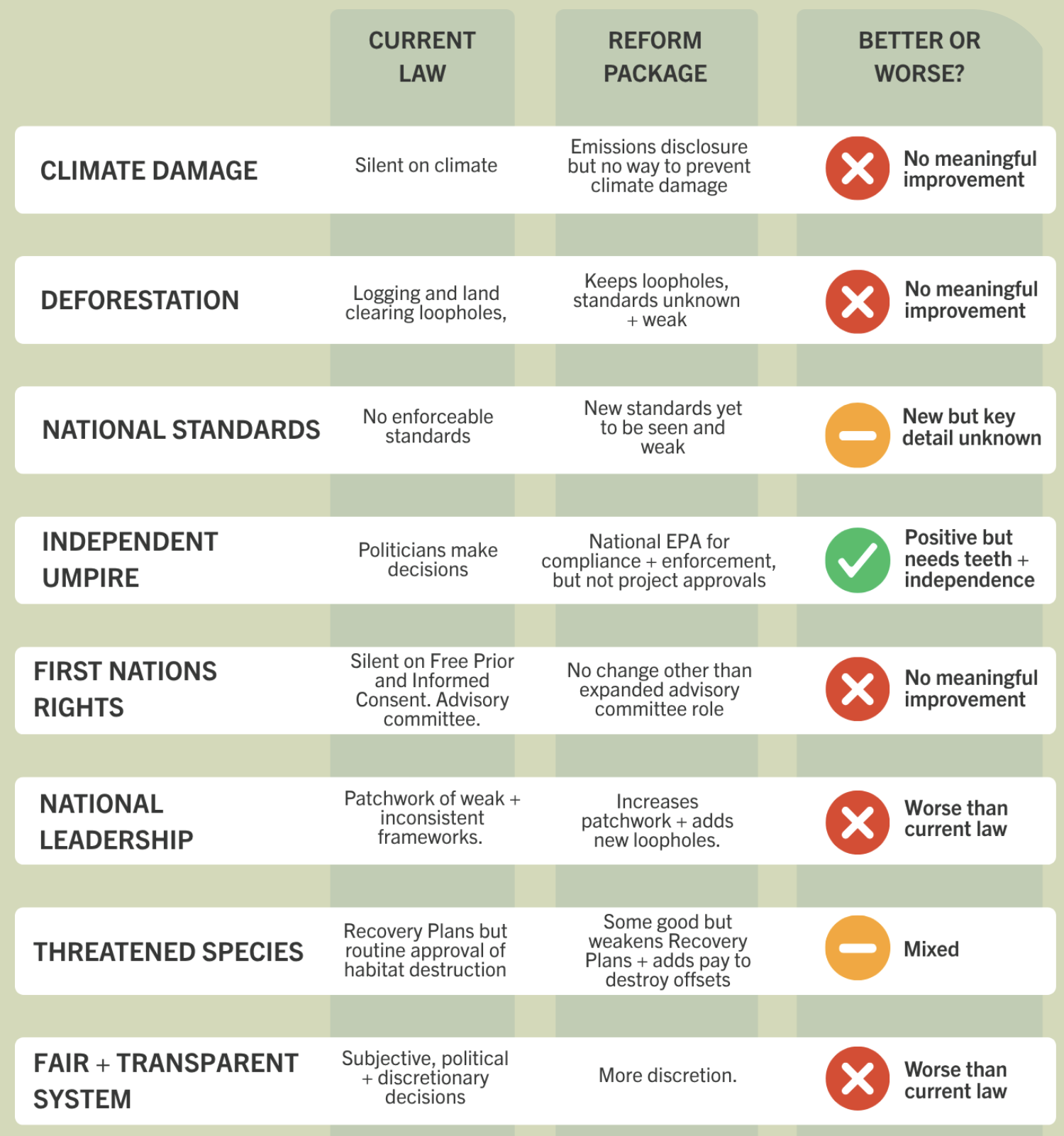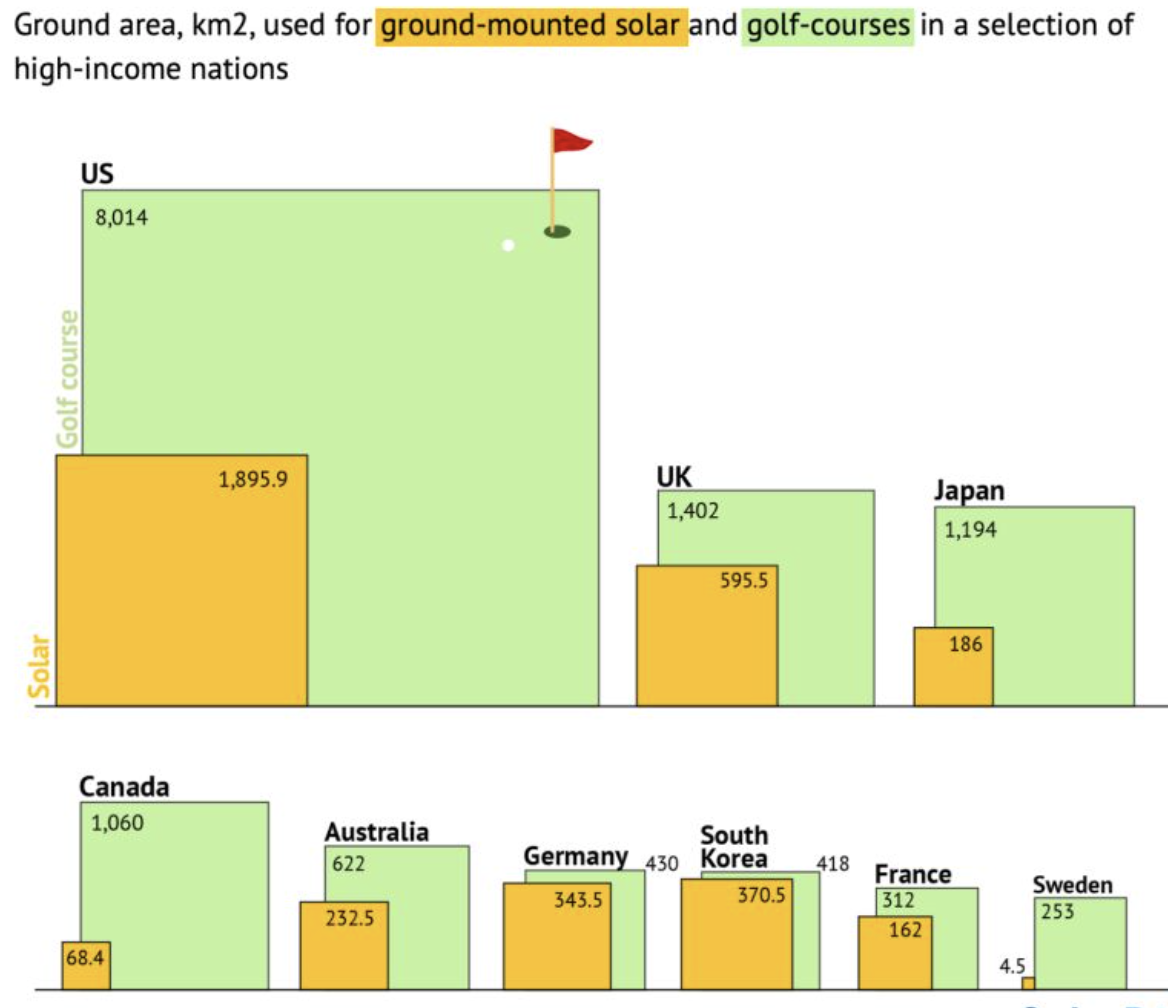Environment: The reformed EPBC Act – will the environment or business have priority?
November 9, 2025
After six years, reforming the EPBC Act may be reaching a conclusion. Twelve environmental defenders, many Indigenous, are murdered every month. Removing four dams allowed salmon to return to an Oregon river.
EPBC Act – what, or who, is it really meant to protect?
In the interests of brevity, I am going to assume that most readers of this column are aware that the Federal Environment Protection and Biodiversity Conservation Act has been under review since 2019 when the Morrison Government commissioned Graeme Samuel to conduct an independent review of the functioning of the Act. Samuel submitted his rather scathing report in 2020 but only now, five years later, is the process reaching a conclusion. Murray Watt, the current Minister for the Environment, introduced to the House of Representatives on 30 October a package of reforms to the Act.
The reforms will sail through the Lower House where the government has an enormous majority but not the Senate where Labor needs the support of either the Greens, who think the reforms will not provide adequate protection for the environment, or the Coalition, who are of the view that the proposals will be bad for industry and business.
An article in The Saturday Paper on 1 November discussed the stormy political waters that the government must negotiate to secure the passage of the reformed EPBC Act through the Senate. Central to the debate is the primary purpose of the Act: protecting the natural environment or protecting industry and profits? In the article, the different approaches were summarised by, respectively, Samuel and Watt.
Samuel focuses on the environment:
“If you care about the environment […] then you’ve got no choice: you actually have to deal with it and deal with it in a sensible manner. And dealing with it means adopting a different regime and a different process for preserving the environment, for stopping degradation and… hopefully to recover where we’ve got species that are facing extinction.”
Despite claiming to be following the findings of Samuel’s independent review, Watt sees protecting the environment as secondary to facilitating business:
“What we’re trying to do is stick to Graeme Samuel’s recommendations. We’ve got to find ways to be able to speed up the delivery of projects while having those strong safeguards for the environment.”
Personally, I can’t help feeling that the Act’s title provides a bit of a clue to its primary purpose, although that’s not to suggest that its functions should not be carried out as expeditiously as possible. Pointless delays in decision-making are in no one’s interest.
As the ridiculously long process of making the act “fit for purpose” (which Samuel definitively said it was not) reaches its denouement, I am far from optimistic that we’ll look back on Watt’s work as the point at which Australia reversed its disgraceful environmental decline.
Should you want to know more, Greenpeace has summarised the good points in Watt’s reforms and the concerns that environmental organisations have with his proposals and Environmental Justice Australia has produced this scorecard:

Environmental defenders continue to be murdered
It’s that time of year again when I report on the activists murdered for protecting their environment. In 2024, at least 142 met an untimely and violent death, which is about the annual average for the previous decade. Latin America, with 119 killings, is by far the deadliest continent for environmental defenders, with Colombia (48), Guatemala (20) and Mexico (19) heading the roll of shame. Indigenous people accounted for a third of the deaths and organised crime was associated with almost a third.
Nature can recover if given half a chance
Chinook salmon have been missing from the headwaters of the 400 km long Klamath River in Oregon for over a century. They didn’t all decide to upgrade or downsize their accommodation because their domestic situations changed. No, they were locked out of their traditional breeding grounds by dams built along the river between 1912 and 1962 for irrigation and hydropower. Now, just a year after the four major hydroelectric dams were removed in 2023 and 2024, salmon have returned to the tributary streams in the upper reaches of the river, although it’s likely to take several years before the numbers of migrating fish return to what they were.

The removal of the dams follows decades of effort by Native American groups, environmental organisations and others, including anglers. The unfortunate salmon, that make it all the way up the river only to be snagged on a hook, dragged out of the water and knocked on the head, may not be too thrilled but the salmon spirit in the sky is probably pleased that the species as a whole is returning.
The removal of the four dams is a tremendous achievement but the river still isn’t pristine and free-flowing. Some smaller dams and irrigation canals remain and it continues to be polluted with agricultural runoff. Nonetheless, the Klamath River demonstrates that given half a chance, species and ecosystems can rebound from human destruction of their quarters.
Closer to home, the Nature Glenelg Trust is successfully restoring Murray Crayfish to the lower Murray River in South Australia where they have been extinct for 40 years
Stories such as these will, I hope, encourage others to work locally to remediate the excesses of 20th century development and resource use and help nature to bounce back.
Climate change and health: National Academies v the president
In 2009, following a review of the scientific literature, the US Environmental Protection Agency issued what is referred to as the “Endangerment Finding”. This established that the emissions of six greenhouse gases endanger the public health and welfare of current and future generations. The government then developed a method for calculating the financial benefits of reducing GHG emissions (the social cost of carbon) that agencies could use when assessing the costs and benefits of regulating emissions.
In August this year, the EPA invited public comment on its intention to rescind the finding that GHG emissions endanger human health and welfare. The US National Academies then established a committee to review the evidence that had appeared since 2009 to inform a submission to the EPA.
The report by the National Academies indicates that since 2009 there has been increasing and stronger evidence that proves that various manifestations of climate change (e.g., heatwaves and other extreme weather events, ground-level ozone, wildfire smoke and airborne allergens) cause many health problems including heatstroke, cardiovascular, respiratory, kidney and infectious diseases, mental illness, pregnancy-related problems, injuries and premature death. Older people, people with pre-existing and multiple chronic health conditions, outdoor workers, pregnant women and children are particularly at risk.
Climate change also indirectly affects human health and welfare through its negative impacts on crops and livestock, loss of forests and grasslands and the services they provide, changes in water availability and quality (e.g., oxygen depletion and algal blooms) and destruction of housing and infrastructure by extreme weather events, sea level rise and thawing permafrost.
The committee reached five conclusions:
- Emissions of GHGs from human activities are increasing the concentration of GHGs in the atmosphere;
- GHG emissions are “unequivocally” warming Earth’s surface and changing Earth’s climate;
- The GHG emissions and resulting climate change harm the health …
- … and the welfare of the people of the US;
- Every ton of continued GHG emissions will increase the severity of the expected climate change.
“In summary, the committee concludes that the evidence for current and future harm to human health and welfare created by human-caused GHGs is beyond scientific dispute. The US faces a future in which climate-induced harm continues to worsen and today’s extremes become tomorrow’s norms.”
As someone who has been following the evidence about climate change and its effects on human health for 30 years, I believe that the report principally confirms and updates what we already knew, rather than reveal anything startlingly new. This is not to diminish its significance and it will be interesting to see how a vengeful, climate-denying, fossil fuel-addicted president responds to this intervention by the National Academies. The evidence may well be “beyond scientific dispute” but I doubt that will protect it, or the report’s authors, from political denigration.
More greens or more green?
Areas equivalent to the land occupied by just 10 countries’ golf courses would support the installation of 840 GW of solar or 660 GW of wind capacity. In most of these countries, this potential renewable energy would exceed each one’s current installed capacity and medium-term projections.
There are more than 38,000 golf courses in the world, 80% of which are located in just 10 countries. The US, with more than 16,000 courses, tops the list, followed by the UK (3100) and Japan (2700). More than 500 new courses are currently planned or under construction in both the traditional golfing nations and emerging economies.
Courses in the top 10 countries occupy about 14,000 square kilometres, roughly the equivalent of six ACTs. In all 10 countries, the area of land occupied by golf courses exceeds that occupied by solar farms.

The views expressed in this article may or may not reflect those of Pearls and Irritations.

